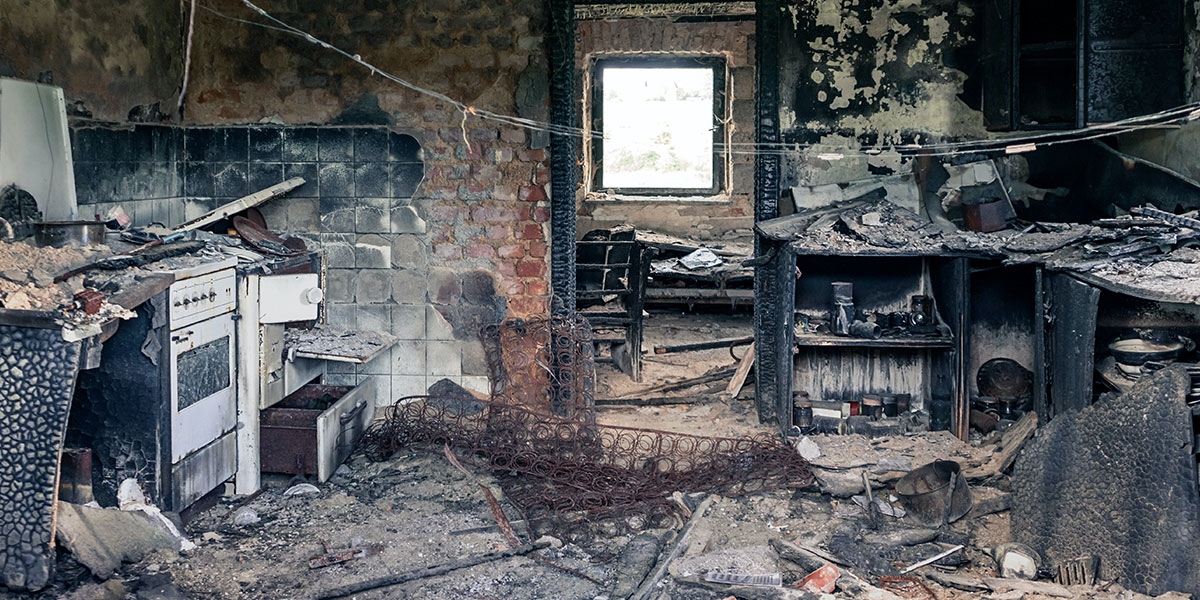Living in California offers stunning landscapes, diverse communities, and a lifestyle that many dream of. However, along with its beauty comes the reality of wildfires, a persistent threat that has intensified in recent years. For Californians, securing adequate homeowners’ insurance coverage in wildfire-prone areas has become increasingly challenging. Let’s talk about some strategies to navigate the quest for coverage.
WHAT IS THE REAL CHALLENGE?
A recent article in Realtor Magazine sheds light on the uphill battle many Californians face when seeking homeowners’ insurance coverage. Insurers, grappling with the heightened risk of wildfires, are reassessing their exposure and, in some cases, pulling out of high-risk areas altogether. This shift has left homeowners in these regions scrambling to find affordable coverage or facing steep premium increases.
PROACTIVE RISK MANAGEMENT
While insurers are tightening their underwriting standards, homeowners can take proactive measures to mitigate fire risks and enhance their insurability. Maintaining defensible spaces around properties, using fire-resistant building materials, and implementing other fire prevention strategies can bolster a property’s resilience against wildfires. These efforts not only enhance safety but also make homes more attractive to insurers.
EXPLORING YOUR OPTIONS
For homeowners struggling to secure traditional coverage, alternative options like the California FAIR Plan and private market surplus lines insurers may provide a lifeline. The California FAIR Plan offers basic coverage for properties that have been denied by traditional insurers, albeit with limitations and potentially higher premiums. Private market surplus lines insurers, while often more expensive, may offer coverage tailored to specific needs or higher-risk properties.
COMMUNITY RESILIENCE
Beyond individual efforts, fostering community resilience is crucial in confronting the wildfire threat. Collaborative initiatives such as neighborhood wildfire preparedness plans, community-wide vegetation management efforts, and advocating for policy changes to improve wildfire resilience can strengthen the collective response to this shared challenge.
STAYING INFORMED AND ADVOCATING FOR CHANGE
As homeowners, staying informed about changes in the insurance landscape, advocating for policy reforms, and engaging with local stakeholders are essential steps in addressing the homeowners’ insurance crisis. By participating in community forums, supporting legislation that promotes wildfire resilience, and sharing experiences with fellow homeowners, individuals can contribute to shaping a more resilient future.
While the quest for homeowners’ insurance coverage in California’s wildfire zones may seem daunting, proactive risk management, exploration of alternative options, and community engagement can empower homeowners to navigate these challenges effectively. By working together and advocating for change, Californians can build stronger, more resilient communities that are better equipped to withstand the threat of wildfires.









